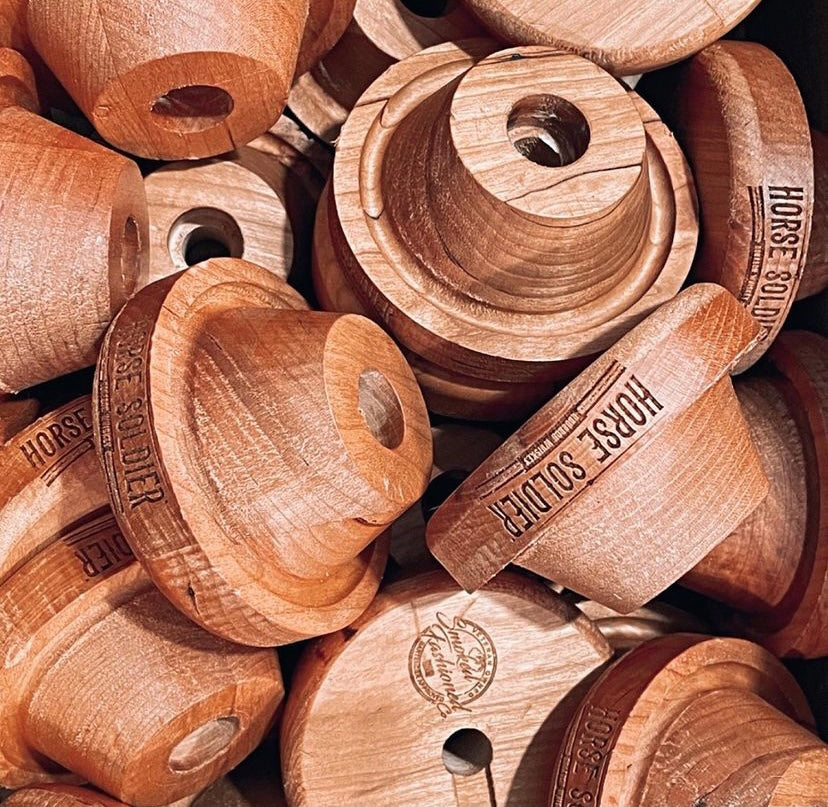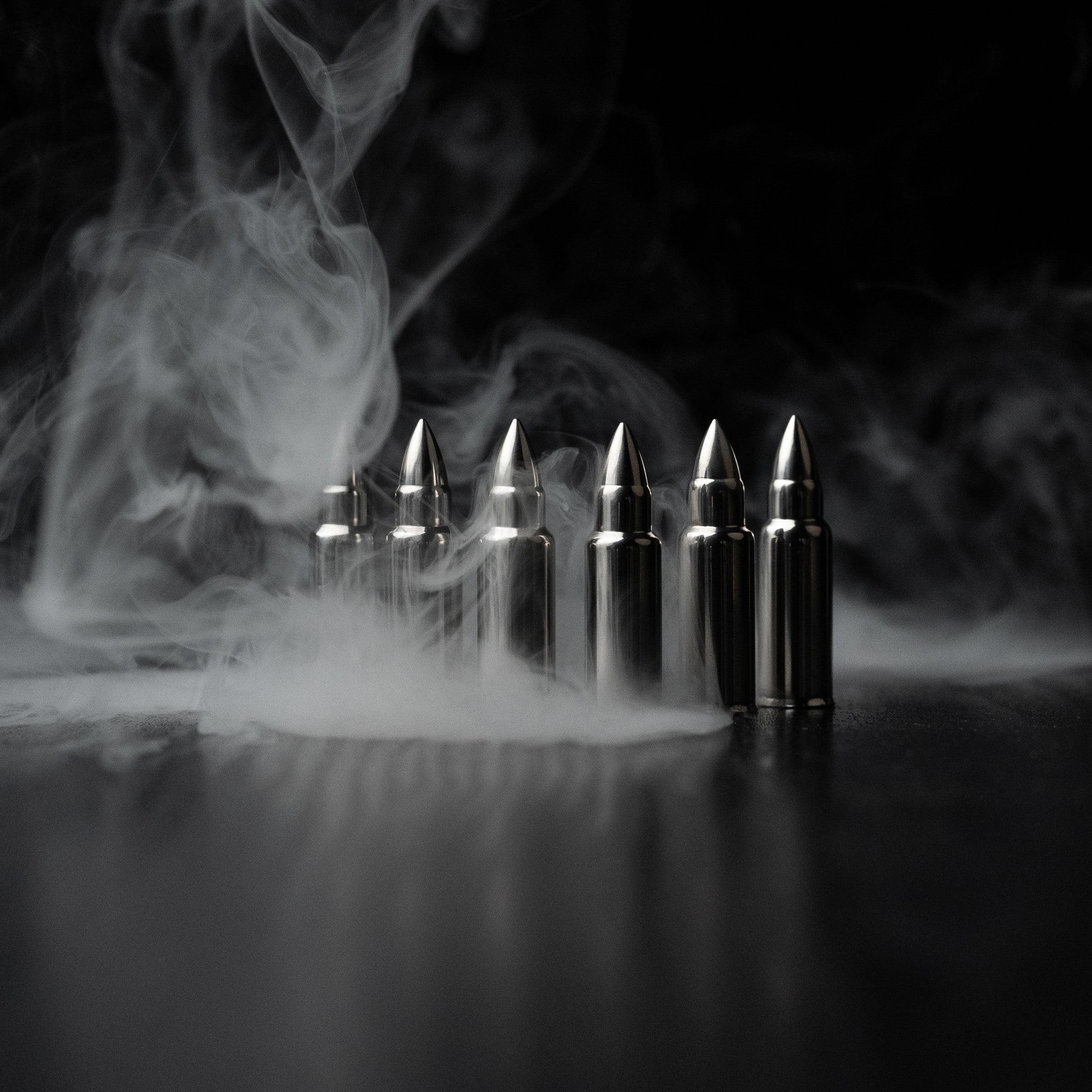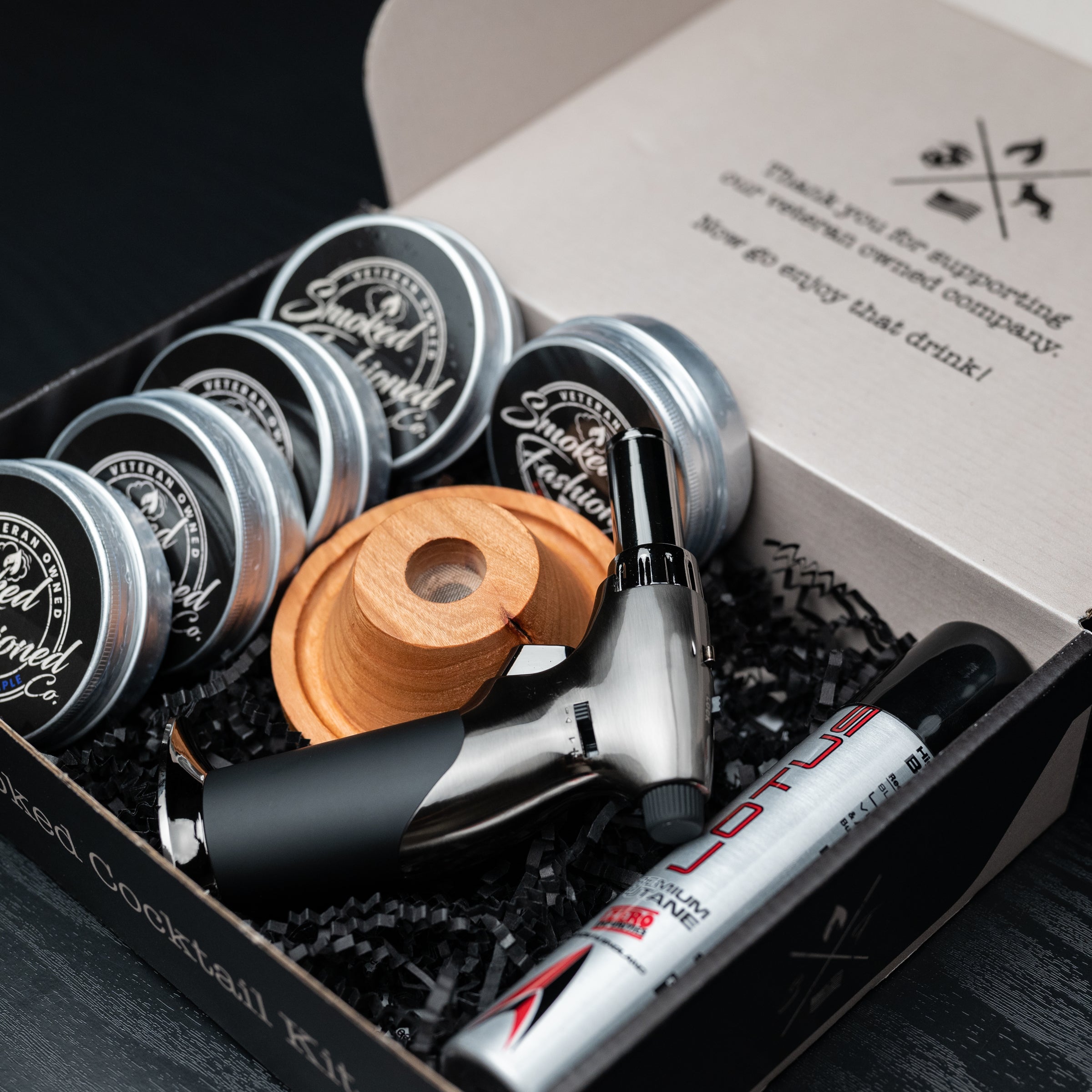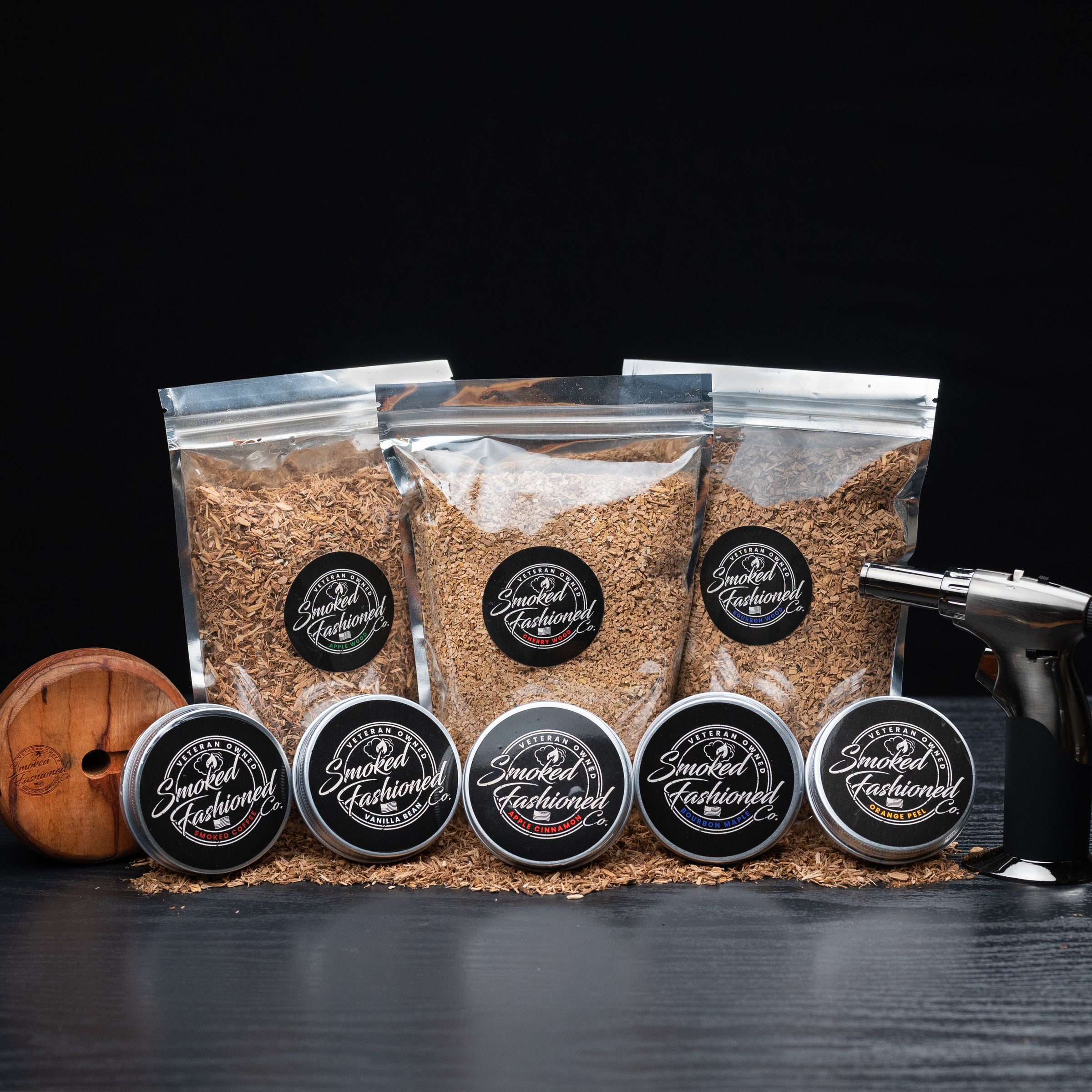Smoked Cocktails Recipes

Explore new ways to enjoy Smoked Fashioned kit to infuse teas, coffees, and more with smoky flavors.
Continue reading

Explore how smoked cocktails engage the senses of taste, smell, and sight. Learn why they create unforgettable experiences for any gathering.
Continue reading

Learn how to create a personalized holiday cocktail using the Smoked Fashioned kit. Make this season special with unique, smoky flavors.
Continue reading

Learn how to host a smoky Thanksgiving dinner with smoked appetizers, turkey, sides, and cocktails. Use a cocktail smoker kit to impress your guests!
Continue reading

Learn how to make a Smoked Old Fashioned with the Smoked Fashioned cocktail kit. Perfect for adding depth to this classic bourbon cocktail.
Continue reading







